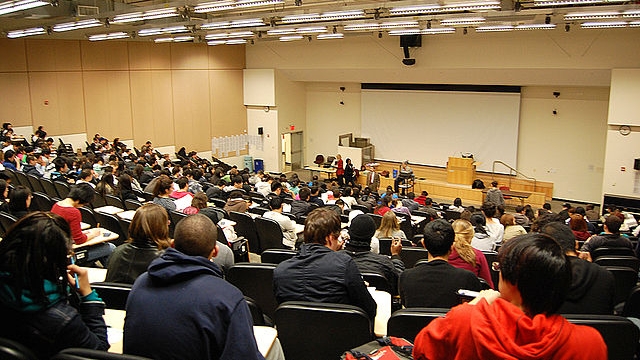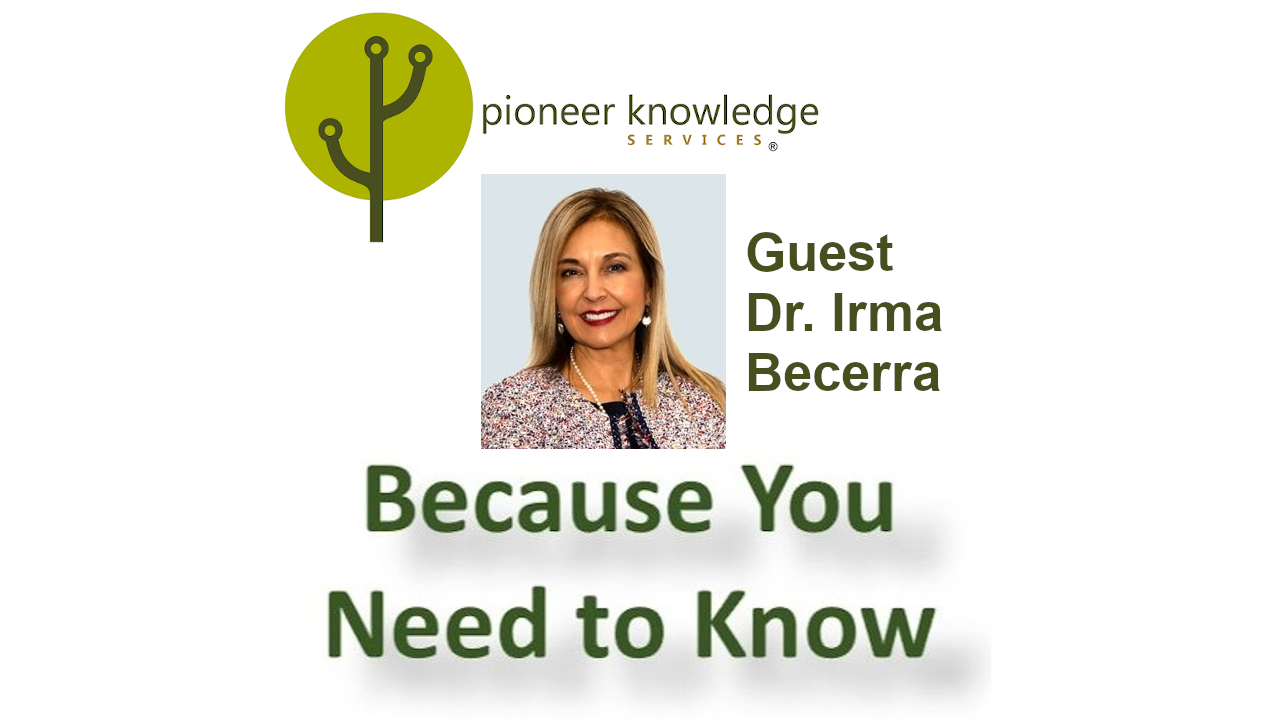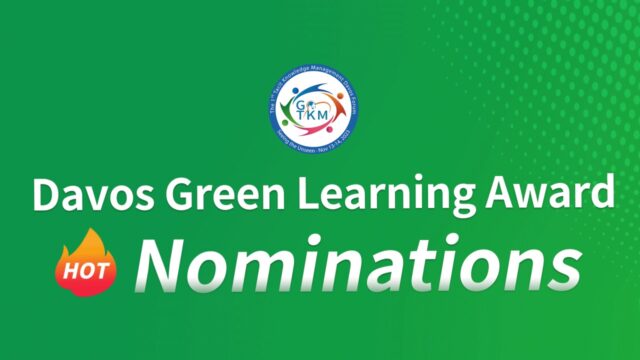
A study exploring the impact of lecture capture availability and lecture capture usage on student attendance and attainment [Top 100 journal articles of 2018]
This article is part 5 of a series reviewing selected papers from Altmetric’s list of the top 100 most-discussed journal articles of 2018.
Lecture capture is widely used in higher education, and involves the video and/or recording of lectures and then making the recordings available for later viewing by students.
This might seem like a good way to assist with knowledge transfer to students, and students welcome the flexibility that it brings. However, it’s not that simple, with a June 2018 paper1 finding that the introduction of lecture capture “is likely to have many profound outcomes” and that “the net effect of lecture capture introduction on the cohort is generally negative.”
The paper authors studied the impact of lecture capture by comparing attendance and performance in the years before and after lecture capture introduction in a BSc degree program. They advise that “The study is unique in that it examines two different aspects of the introduction of lecture capture on student engagement and attainment: the effects of lecture capture availability to students and the effects of students’ usage of lecture capture.”
The study found that:
- lecture absence increases significantly following the introduction of lecture capture
- students who skip a lecture will have to put more effort in to catch up later, and may struggle to keep up
- not having face-to-face contact with instructors means that students who skip lectures can’t ask questions of clarification and may have less awareness of what is expected of them
- the impact of lecture capture appears to be less with students who are highly engaged and potentially adopt a ‘deep learning approach’
- lecture capture will be more likely to negatively affect less engaged students, with students who use more of a ‘surface learning approach’ potentially hit the hardest in terms of lower grades.
In response to their findings, the authors recommend that:
- if lecture capture is to be used widely in a teaching environment, it is important to find ways to make the lectures have value beyond the recordings, for example by ensuring that the experience students get in a lecture is substantially different and richer
- it should be clearly communicated to students that there is a danger in over-reliance on using recorded content, and that low lecture attendance can potentially negatively impact their grades.
Author abstract
Lecture capture is widely used within higher education as a means of recording lecture material for online student viewing. However, there is some uncertainty around whether this is a uniformly positive development for students. The current study examines the impact of lecture capture introduction and usage in a compulsory second year research methods module in a undergraduate BSc degree. Data collected from a matched cohort before (N = 161) and after (N = 160) lecture capture introduction showed that attendance substantially dropped in three matched lectures after capture became available. Attendance, which predicts higher attainment (controlling for students’ previous grade and gender), mediates a negative relationship between lecture capture availability and attainment. Lecture capture viewing shows no significant relationship with attainment whilst factoring in lecture attendance; capture viewing also fails to compensate for the impact that low attendance has on attainment. Thus, the net effect of lecture capture introduction on the cohort is generally negative; the study serves as a useful example (that can be communicated students) of the pitfalls of an over-reliance on lecture capture as a replacement for lecture attendance.
Header image source: Adapted from Wikimedia Commons, CC BY-SA 3.0.
Reference:
- Edwards, M. R., & Clinton, M. E. (2018). A study exploring the impact of lecture capture availability and lecture capture usage on student attendance and attainment. Higher Education, 1-19. ↩
Also published on Medium.






